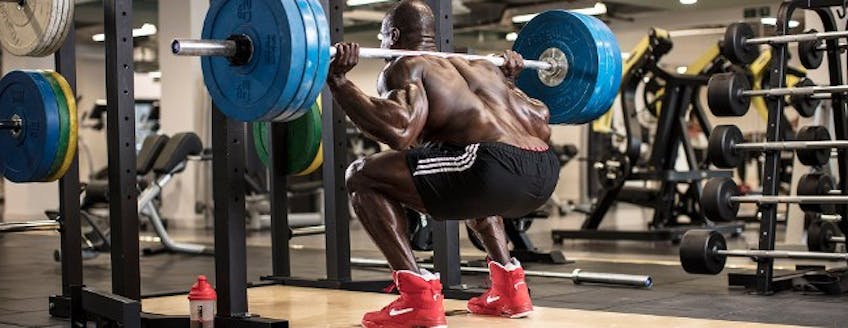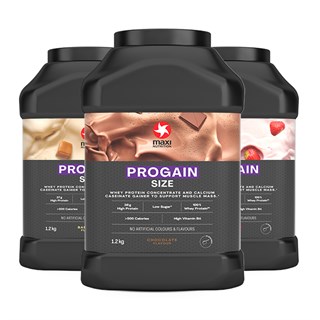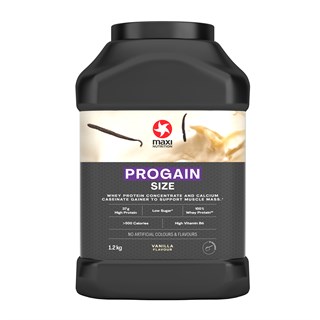Benefits of slow and low weight training
Lifting light weights slowly is probably at the bottom of most people’s list when they visit the gym. Be it ego or good intentions, big heavy weights are what most people think will deliver results. Of course, there is a place for large weights lifted quickly, just look at crossfit or strength and conditioning. However, unless your aim is strength/power, lifting excessively big weights may not be your best bet for your goal. If your aim is hypertrophy (increased muscle size ), fat loss or even sport performance/pre-habilitation, slow lifting of light weights may actually suit you better.
Time Under Tension
For hypertrophy and fat loss, one of the most important yet overlooked factors is Time Under Tension. The amount of time the muscles are actually working. Lifting in a fast and furious way doesn’t maximise time under tension and according to studies, 45-60 seconds is the ideal length to really spark muscle protein synthesis and drive hypertrophy. As long as nutrition is on point to support that goal too of course.
Intensity
In terms of fat loss, the crucial ingredient along with nutrition is intensity. Too many people take it easy at the gym and expect major changes to happen without any true effort. Add intensity and all of a sudden the body has to adapt and change, fat loss and muscle gain being part of this. Agreed, a set of heavy squats is intense and will have you sweating and struggling, but the same is true if you take off a third or even a half of that weight and then increase the time under tension by paying attention to tempo and perform reps to failure. For compound leg exercises, both styles tend to work, however, when concentrating on smaller muscle groups (using compound or isolation exercises) lower reps tend to be less intense, higher reps at the right weight tend to be more so.
Tempo
An understanding of tempo allows for an increase in time under tension. For example, a 3020 tempo is a great start for lower weight, higher reps sessions. It would mean lowering the weight over a 3 count, not pausing at the bottom, raising over a 2 count and then not pausing at the top, but going straight into the next 3 count lower. Do this for 12-25 reps without pausing at the top or the bottom, lowering and raising under control and the muscles will be screaming, the body sweating and all without lifting a heavy weight.
Tempo leads to intensity, and as we’ve said above, intensity is crucial for hypertrophy. If you do the same thing week in week out, your body adapts and that same thing becomes easy, you need to keep pushing the body and keeping the intensity high. This can be done with time under tension/tempo and by always pushing that forward by adding more reps, a little more weight or less rest.
Heavy enough
Even though this article is about lifting slow and light, it is worth saying that the weights can’t be so light that they have no effect. All too often when you look around a gym you see the two extremes, some people lifting weights a few times with half reps, bad form and a complete lack of intensity. Then on the opposite on the other side of the gym you see people lifting weights far too light for them, looking around as if they are bored, stopping at 10 reps to have a rest when the weight is probably light enough to do 50 reps!
There is of course a happy medium and that’s where you need to work. The weight can’t be too light and it can’t be too heavy. It needs to be heavy enough to make the muscles work but light enough that every rep can be done with near perfect form. By being the right weight during the slow raising and lowering the time under tension actually gets to the muscle and over the 10-25 or so reps the muscle burn and hurt and force you to stop.
Failure
The idea is to get the muscles to failure even though the weights are low. The slow reps should still completely fatigue the muscle until stopping. This is paramount (along with the time under tension to induce it) to sparking changes in the muscle, in particular muscle protein synthesis and (if nutrition is supportive to this goal) the following muscle hypertrophy. i.e. growth, and the subsequent fat loss as well.
Variation
How you lift and the weights you lift comes down to your goal, but whatever your goal you are likely to stagnate and plateau at some point. Changing your training can help move past that. What this means is that if you spend most of your time lifting heavy to reach a strength personal best (PB), a few weeks of varied training lifting light and slow may help you push past a plateau and reach a new PB. Equally, if you are chasing a lean, muscular physique and have been lifting slow and light for some time, a few weeks of heavy weights with lower reps may help the body adapt to a new stimulus and help you push your training forward, i.e. help you spark more muscle growth and fat loss. Remember, without intensity, things don’t happen, but intensity with variation puts you back out of your comfort zone and can drive things onwards.
Conclusion
There is merit to all types of training from high reps with low weight to low reps with heavy weights and everything in between. As long as things are intense and you work to the best of your ability alongside a nutritional plan to suit your goal, your goal should be achievable. There are training methods that suit certain goals more than others. For example, if strength gain and one rep max PBs are your goal, then heavy weights at lower reps are paramount. After all, the body becomes it’s function. i.e. we get good at what we do. Therefore, if you require hypertrophy its worth embracing that time under tension is paramount to that and thus lifting lighter weights for more reps but in a slow and controlled manner may be more beneficial. Then again, mixing it up and changing things to ensure variation is also crucial and thus lower weight and higher reps is not the answer forever.














